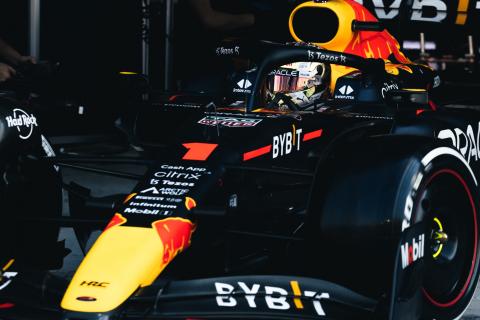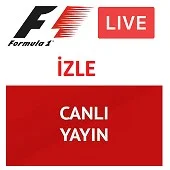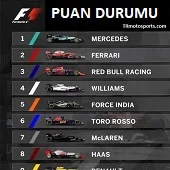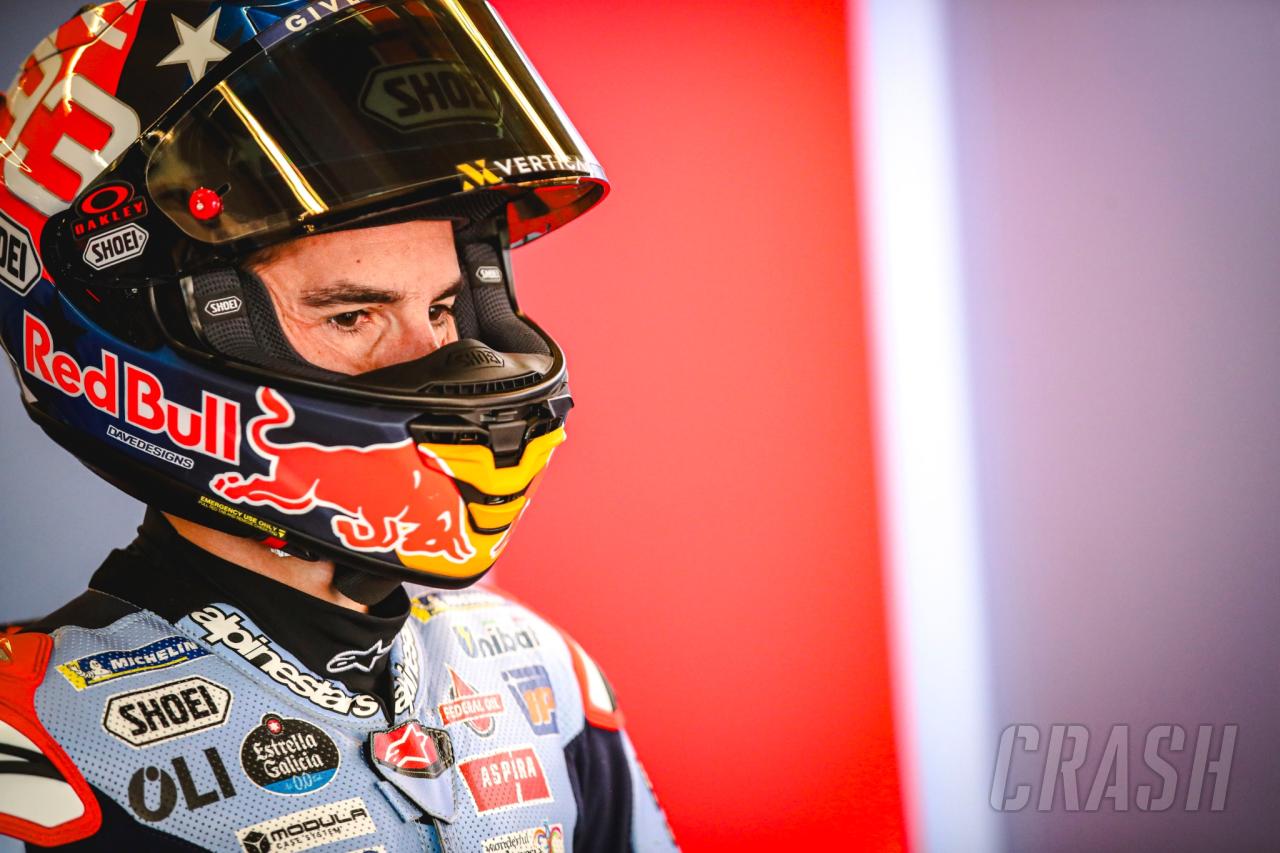
F1 cost cap: How Red Bull broke it, their punishment, and the 2023 budget
| F1 Live | F1 Replay | F1 Standings |
But what exactly is the cost cap? How does it work? How did Red Bull break the rules and what was their punishment? And how will it change in the future? What is the F1 cost cap and why was it introduced?F1 introduced the first-ever set of financial regulations for 2021 in a bid to encourage a more competitive championship. The hope was that by enforcing a limit on spending, F1 would help level the playing field more by enabling smaller teams with less resources to compete in an even environment against teams boasting huge budgets. Some teams were previously known to be spending upwards of $400m per season. The other main goal behind the implementation of the budget cap was to ensure a financially-sustainable sport. The cap works by limiting the amount of money an F1 team can spend over the course of a calendar year to avoid spiralling costs. Any team found guilty of overspending will face a penalty. Christian Horner net worth How much is the cost cap? Originally, the 2021 budget cap was to be set at $175m, but that was cut down to $145m to help teams struggling as a result of the COVID-19 pandemic, which placed greater emphasis on the need for F1 to slash costs. The cap was reduced to $140m for 2022, with plans to further cut the limit down to $135m for the F1 2023 season until 2025.These figures are based on a 21-race season and will be adjusted accordingly, with an extra $1.2m allowance for each race over that threshold. The F1 2023 calendar has revealed a 24-race season.Related Which team has the best and worst driver line-up for F1 2023? Wolff vows Mercedes will come back in ‘more potent form’ in F1 2023In July, the FIA agreed to a 3.1 percent raise for the 2022 cost cap due to the impact soaring inflation was having on the teams’ budgets. What is included under the cost cap? Expenditure that falls under the cost cap includes: All parts on the car (from the steering wheel to the wheel nuts)All the elements needed to run the carMost of the team personnelGarage equipmentSparesTransport costsEverything in betweenWhat isn’t included under the cost cap? Expenditure that does not fall under the cost cap includes:F1 driver salariesThe wages of the three highest-paid staff membersTravel costsMarketing spendProperty and legal costsEntry and licence feesAny non-F1 or road car activitiesParental and sick leave paymentsEmployee bonuses and staff medical benefitsHow did Red Bull break the rules? How were they punished?The FIA found Red Bull guilty of a “minor” overspend of the 2021 $145m budget, while Verstappen was wrapping up the 2022 title, in a huge end-of-season scandal. Team principal Christian Horner claimed the overspend did not affect their performance.Red Bull were hit with a $7m fine and a 10 percent reduction in aero testing for 2023 as punishment.Thirteen areas were “incorrectly interpretated” by Red Bull, including staff catering.How can the teams save money? Teams have already been forced to cut back on staffing levels in order to make savings. Christian Horner revealed Red Bull have had to make over 90 people redundant, while Mercedes have laid off 40 members of staff. Teams also have to factor in potential accident damage. One of the most effective cost-saving measures is to cut back on development and reduce manufacturing time, something that will hit the big teams the hardest. Lewis Hamilton recently claimed that he would have won the 2021 world title if Mercedes had spent an extra $300,000 on upgrades such as “a new floor or an adapted wing”.
For motorsport news follow TRmotosports on social media.





